Mandala tattoos have grown in popularity over the years, with many people choosing to get inked with this intricate design. But what exactly is a mandala and what does it represent? In this comprehensive guide, we will explore the meaning of mandala tattoos and why they have become so popular in the tattoo world.

What are Mandala Tattoos?
At its simplest, a mandala is a geometric design that represents the universe. The word “mandala” comes from the Sanskrit language, which means “circle” or “discoid object”. Traditionally, mandalas were used in various cultures as a spiritual and ritual symbol representing the cosmos and the self.
A mandala tattoo is a permanent artwork on the skin that features a circular or geometric pattern. It can be a single design or a series of patterns woven together to create a more complex composition. These tattoos have gained popularity in recent years due to their unique and intricate designs.
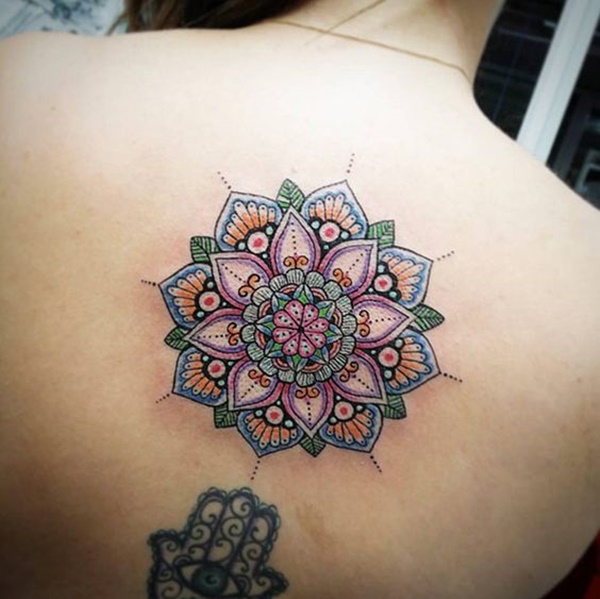
History of Mandala Tattoos
The origins of mandalas can be traced back to ancient Indian religions such as Hinduism and Buddhism. In these traditions, they were used as a tool for meditation and spiritual growth. Mandalas had very specific meanings based on their colors, shapes, and symbols.
Over time, the use of mandalas spread throughout Asia and eventually around the world. They were used in various cultures as a way to explore and express spirituality, art, and creativity. Today, mandalas continue to be used in many different ways, including tattoos.
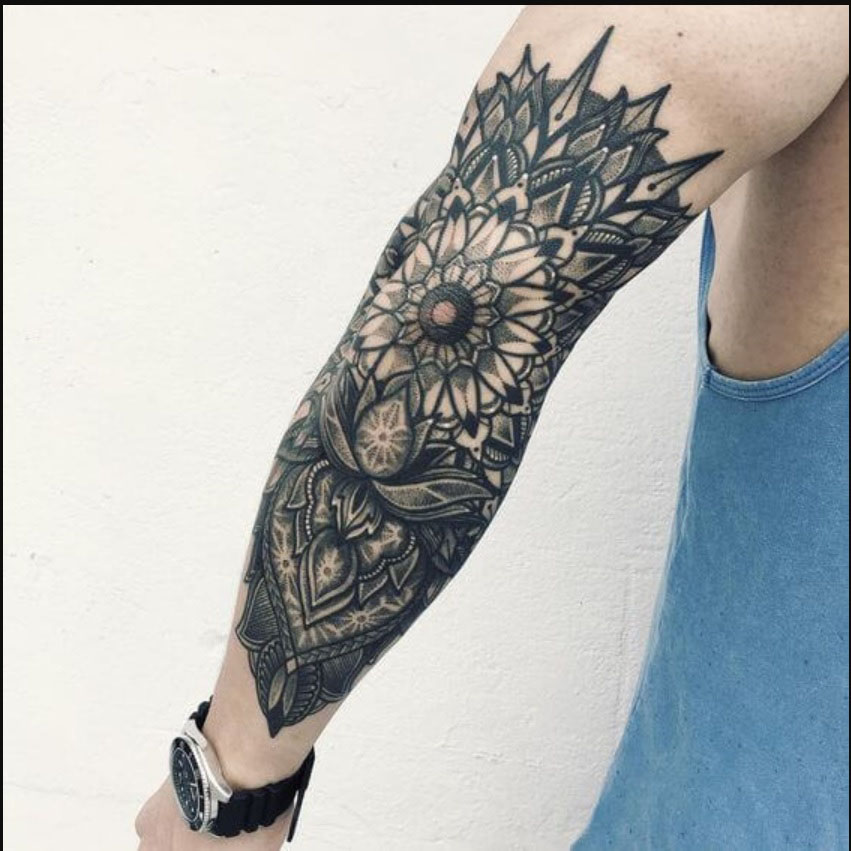
Mandala Tattoos Meaning: What is the Significance?
Mandala tattoos can have many different meanings depending on their design and placement on the body. Here are some common interpretations:
Balance and Harmony
Mandala tattoos have become increasingly popular in recent years, and one of the most commonly associated meanings of these intricate designs is that of balance and harmony. The symmetrical patterns and circular shapes that are typically found in mandalas are believed to represent the idea of balance and unity in the universe.
The concept of balance is deeply ingrained in many spiritual and philosophical traditions, including Hinduism, Buddhism, and Native American cultures. In these traditions, balance is seen as a fundamental aspect of existence, necessary for the proper functioning of the world. Mandalas are often used as a tool for meditation and contemplation, helping individuals to achieve a state of inner balance and peace.

In addition to representing balance in the universe, mandala tattoos are also often associated with the idea of balance between body, mind, and spirit. This tripartite division of the self is common to many spiritual and healing practices, and achieving balance between these three elements is seen as key to overall well-being.
For example, in yoga, the physical practice of postures (asanas) is seen as a way to bring balance to the body, while breathing exercises (pranayama) help to balance the mind and promote mental clarity. Meditation is often used as a way to connect with the spiritual aspect of the self and achieve a sense of inner peace and harmony.
Mandalas can be seen as a visual representation of this balance between body, mind, and spirit. The circular shape of the mandala represents wholeness and completeness, while the intricate patterns within the circle represent the interconnectedness of all things. By meditating on a mandala, individuals can focus their attention on achieving balance and harmony within themselves.
Overall, mandala tattoos are a powerful symbol of balance and harmony, representing the idea of balance in the universe as well as the balance between body, mind, and spirit. Whether used as a tool for meditation or simply as a beautiful piece of body art, the mandala is a powerful reminder of the importance of achieving balance in all aspects of one’s life.
Spiritual Growth
Mandalas are intricate, circular designs that have been used for centuries in various cultures as a tool for meditation. The word “mandala” is derived from Sanskrit, which means “circle” or “center.” Mandalas are often used to represent the universe and the interconnectedness of all things within it.
The use of mandalas in tattoos has become increasingly popular in recent years. Many people choose to get mandala tattoos as a way to symbolize their spiritual growth and journey towards inner peace and enlightenment. The intricate designs of mandalas can be seen as a metaphor for the twists and turns of life, with each line and curve representing a step along the way.
In addition to their symbolic meaning, mandalas are also visually stunning works of art. The intricate details and patterns of the design can create a mesmerizing effect, drawing the eye in and encouraging the viewer to focus on the present moment.
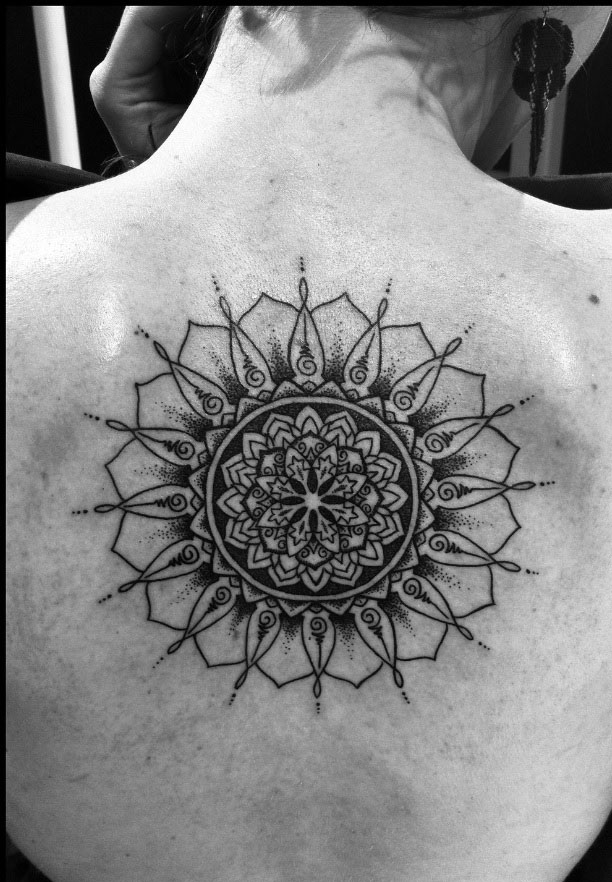
The act of getting a mandala tattoo can also be a meditative experience in itself. Sitting through the process of getting a tattoo requires patience and focus, much like the practice of meditation. Many people find that getting a tattoo can be a cathartic experience, allowing them to physically mark their journey towards inner peace and self-discovery.
Overall, the use of mandalas in tattoos represents a deep connection to spirituality and personal growth. Whether you choose to get a mandala tattoo as a symbol of your own journey towards inner peace, or simply appreciate the beauty and symbolism of the design, there is no denying the power and significance of this ancient symbol.
Protection and Healing
Mandala tattoos have become increasingly popular in recent years, not only for their aesthetic beauty but also for their deep spiritual meanings. The word “mandala” comes from Sanskrit, which means “circle.” Mandalas are intricate geometric patterns that are often circular and contain various shapes and symbols.
In many cultures, mandalas are believed to possess protective and healing powers. They are used as a talisman to ward off negative energy and promote positive energy flow within the body. Mandalas are also used as a tool for meditation and self-reflection.
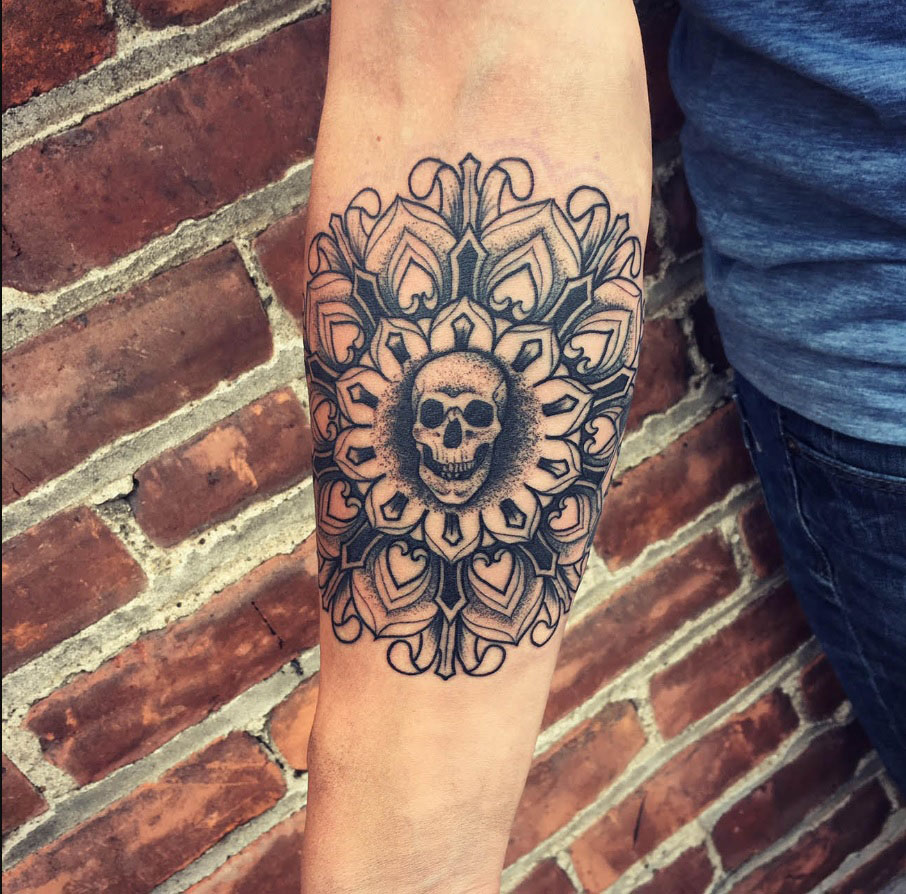
In Hinduism and Buddhism, mandalas are used as a way to represent the universe and its various aspects. They are often used in religious ceremonies and are seen as a symbol of unity and harmony. Mandalas are also used in meditation practices to help individuals focus their attention and achieve a state of calm and relaxation.
Many people choose to get mandala tattoos as a way to connect with these spiritual beliefs and to incorporate them into their daily lives. The act of getting a tattoo can be seen as a symbol of dedication and commitment to these beliefs. Mandalas can also be customized to represent specific aspects of a person’s life or personality, making them unique and personal.
Overall, mandala tattoos are a beautiful and meaningful way to express one’s spiritual beliefs and bring positive energy into their life. Whether used for protection, meditation, or simply as a form of self-expression, mandalas hold a powerful place in many cultures and continue to inspire and fascinate people around the world.
Connection to Nature
Mandala tattoos have gained immense popularity in recent years due to their striking circular shape and intricate designs. The word “mandala” is derived from the Sanskrit language, meaning “circle.” The circular shape of mandalas has been associated with nature for centuries, representing the sun, moon, and earth in various cultures.
In Hinduism and Buddhism, mandalas are used as a spiritual symbol to aid in meditation and connect with the divine. They are often created using sand or other materials and destroyed after completion, representing the fleeting nature of life and impermanence of all things. Mandalas can also be seen in Tibetan and Native American cultures, where they serve as a visual representation of the universe and spiritual balance.
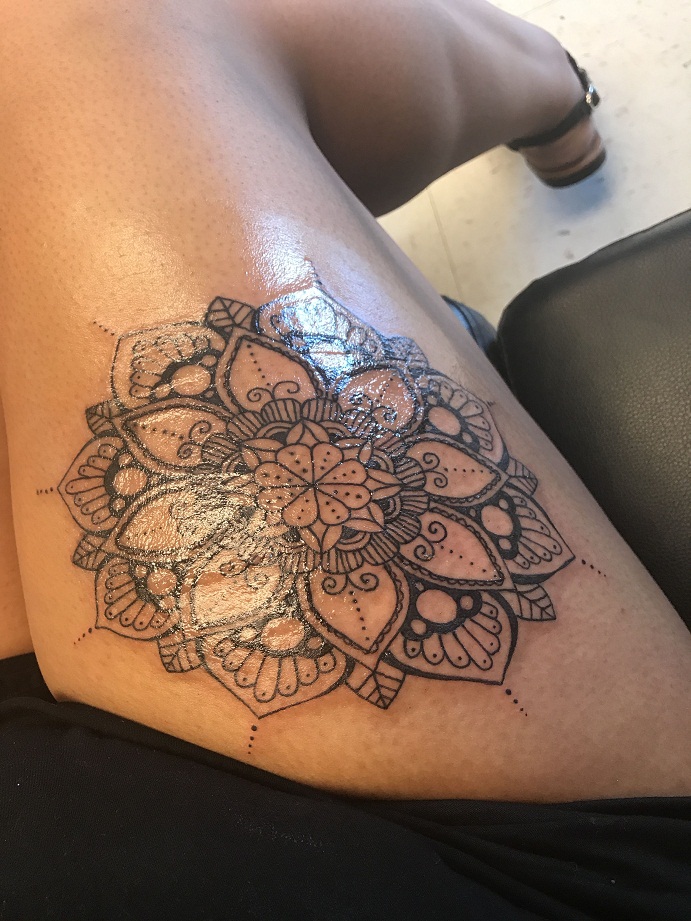
Mandala tattoos are a popular way to express one’s connection to the natural world and the cycles of life. The intricate patterns and designs within the circular shape can represent the interconnectedness of all things and the continuous cycle of birth, death, and rebirth. Each element within a mandala has its own significance, such as the lotus flower representing purity and enlightenment or the elephant representing strength and wisdom.
In addition to their spiritual and cultural meanings, mandala tattoos also have aesthetic appeal. The symmetrical design and intricate patterns draw the eye and create a sense of harmony and balance. Mandala tattoos can be personalized to suit an individual’s unique style and preferences, incorporating different colors, elements, and symbols.
Overall, mandala tattoos hold significant meaning for those who choose to adorn themselves with this ancient symbol. Whether it represents a connection to spirituality, nature, or simply a love for art and design, the circular shape and intricate patterns of mandalas continue to captivate and inspire people around the world.
Unity and Wholeness
The circular shape of a mandala is not just an aesthetically pleasing design element; it holds deep symbolic significance in various cultures and spiritual practices. At its core, the mandala represents the concept of wholeness and unity. It is a visual representation of the idea that everything is interconnected and part of a larger whole. The circular shape of the mandala reinforces this message by symbolizing that there is no beginning or end to this interconnectedness.
In many traditions, the mandala is used as a tool for meditation and contemplation. It is believed that by focusing on the intricate design and following the intricate patterns, one can attain a state of inner peace and harmony. By meditating on the mandala, one can experience a sense of connection to something greater than oneself, leading to a feeling of unity with others and the universe as a whole.
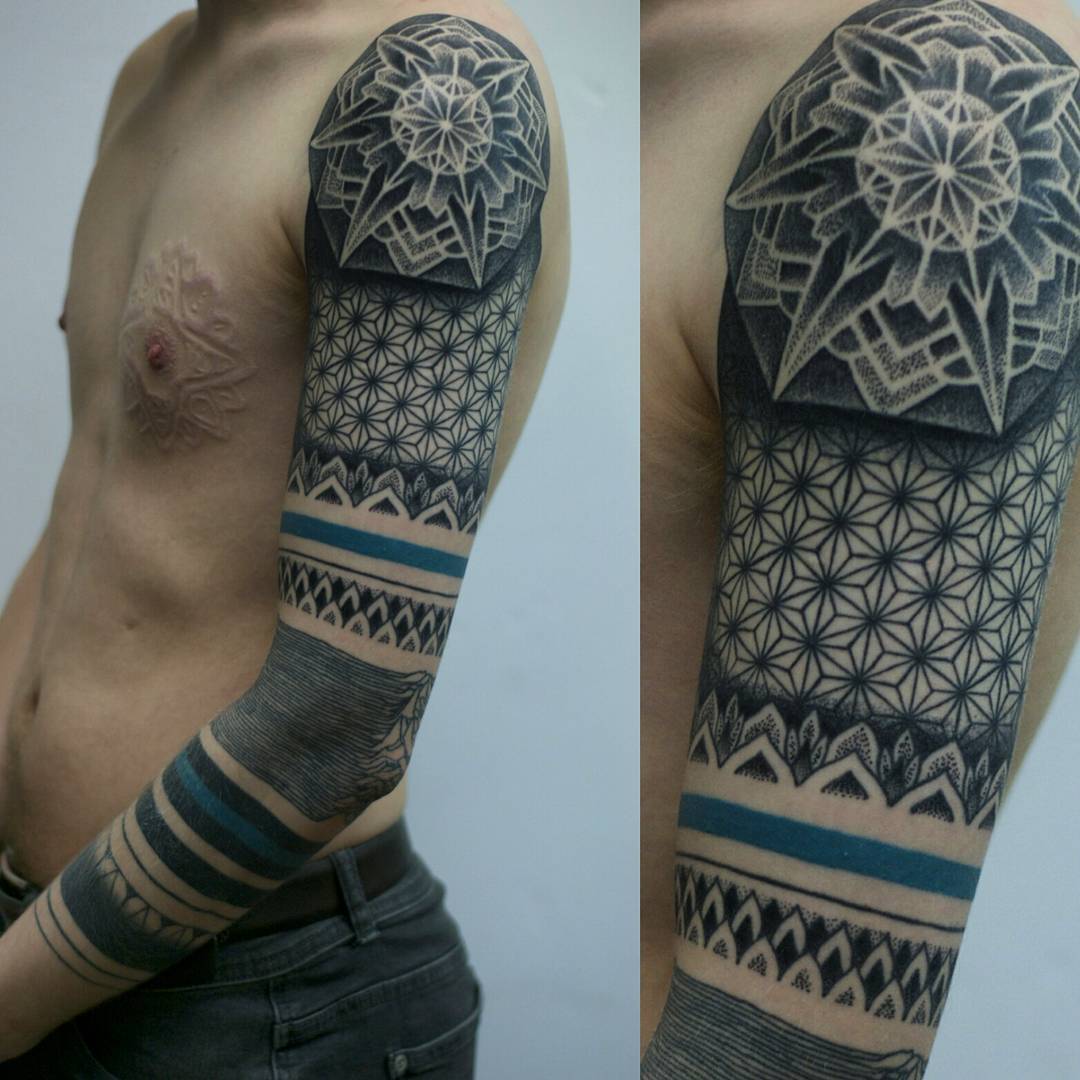
Moreover, the mandala reminds us that we are all dependent on each other and that our actions have consequences that ripple outwards. This interconnectedness goes beyond just humans, but also includes every living being and the environment. The mandala encourages us to recognize and honor these interconnections and to act accordingly, with compassion and respect towards others and the world around us.
In conclusion, the circular shape of the mandala represents a powerful and universal concept of wholeness and unity. It serves as a reminder that everything is connected and part of a larger whole, emphasizing the importance of recognizing and respecting our interdependence on others and the environment. Through meditation and contemplation, the mandala can help us achieve a deeper understanding of ourselves and our place in the world.
Examples of Mandala Tattoos
Mandala tattoos can be found in a variety of styles and designs. Here are some examples:
Traditional Mandala
A traditional mandala tattoo typically features a circular design with intricate geometric patterns and shapes. It may include symbols or images that have specific meanings in certain cultures.
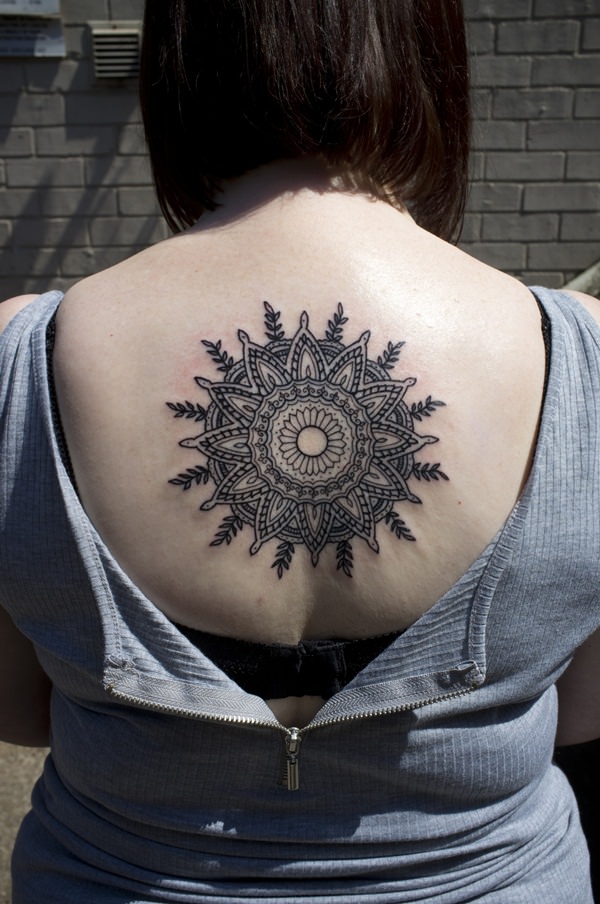
Mandala with Animals
Some mandala tattoos incorporate images of animals, which could represent a connection to nature or a particular animal’s traits or symbolism.
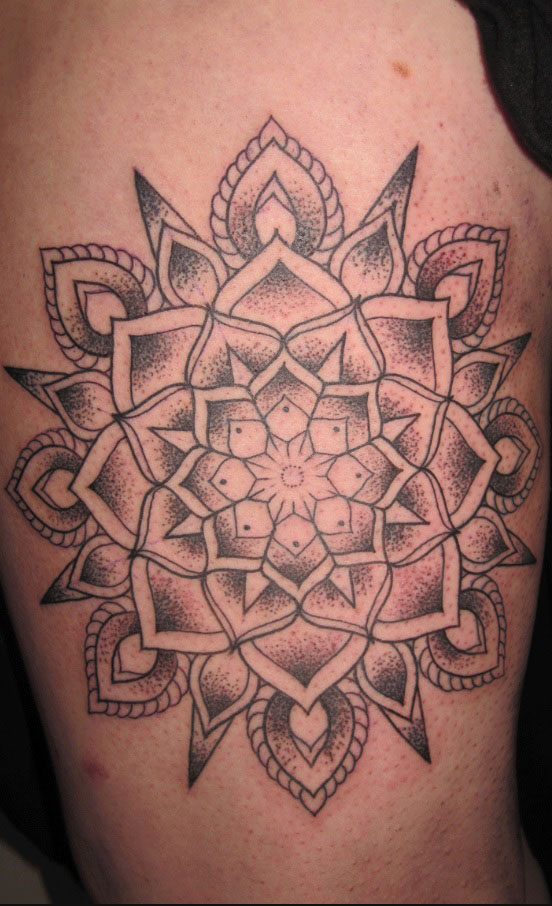
Mandala with Flowers
Flowers are often used in mandala tattoos to add color and beauty to the design. Different flowers may have different symbolic meanings, such as roses representing love and lotus flowers representing purity and enlightenment.
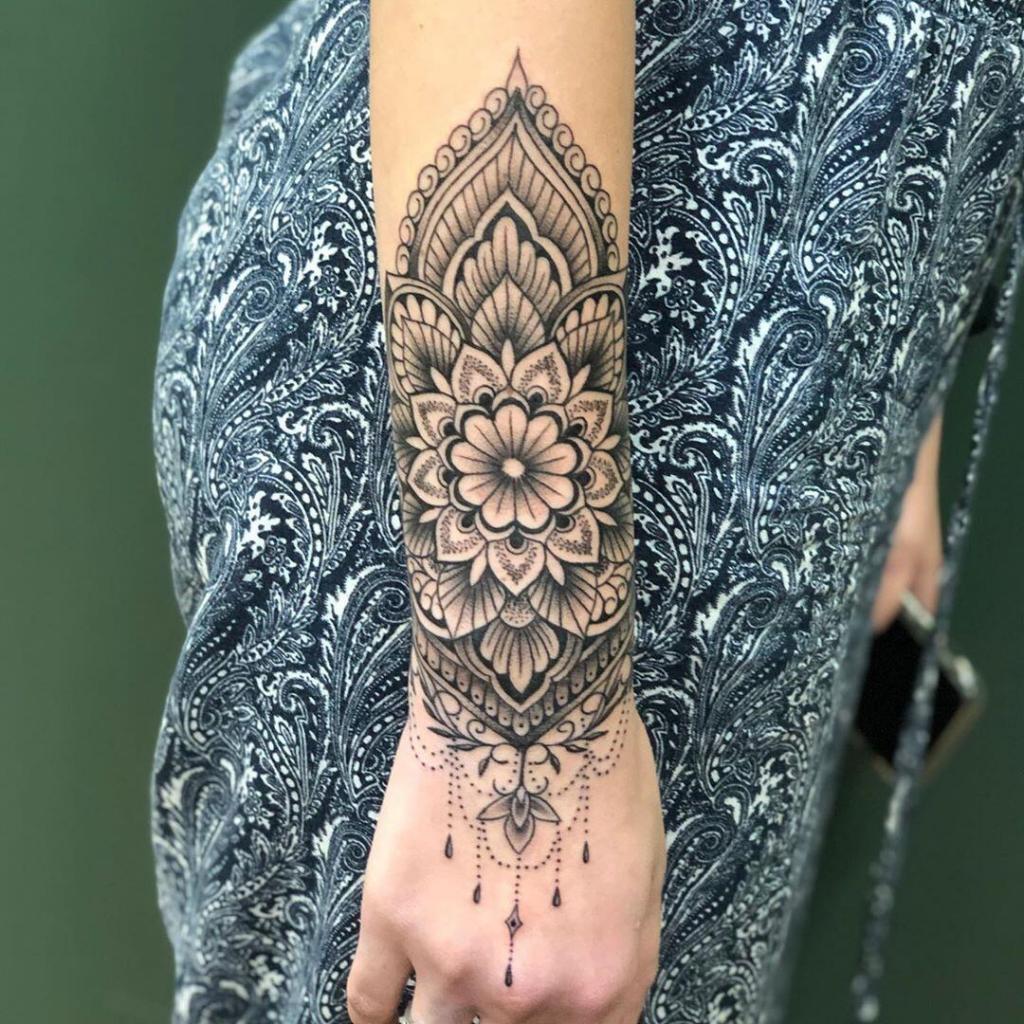
Conclusion
Mandala tattoos are more than just intricate designs; they are a reflection of the individual’s inner self, representing balance, harmony, and interconnectedness. They offer an avenue for individuals to express themselves through art while also embracing their spirituality. Whether you are seeking inner peace or embarking on a journey of self-discovery, mandala tattoos can be a powerful symbol to guide and inspire you.

I am Harvey Berry, a tattoo enthusiast who has immersed himself in the diverse world of ink, passionately exploring the beauty and artistry within each tattoo. My mission extends beyond uncovering the aesthetics of tattooing; it involves sharing in-depth knowledge across all aspects of this art form.
Fueled by genuine curiosity and love for every facet of tattooing, I have diligently crafted well-researched articles, with a special focus on the Tattoo Meaning of Impeccable Nest section. Here, my aim is to help the tattoo community gain a deeper understanding of the meanings and values embedded in each tattoo.
One of my primary goals is to encourage responsible decision-making when it comes to getting inked. I recognize that choosing to get a tattoo is a significant personal decision that requires careful consideration. Hence, I provide diverse resources covering the meaning of tattoos, the tattooing process, aftercare tips, and other valuable information.
Whether you are a seasoned tattoo enthusiast or embarking on your first exploration of the world of body art, I aspire to be a reliable resource for you at every step of your journey. I hope that my extensive knowledge of tattoos, especially in the Tattoo Meaning section, will assist you in finding inspiration to express yourself through the art of tattoos.
